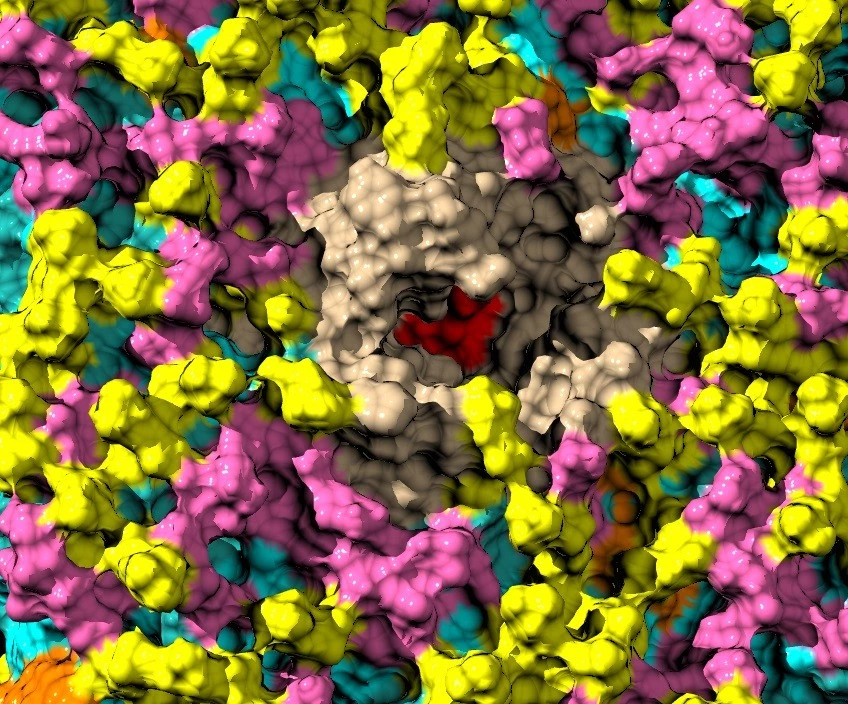An exciting new study, led by a team of Australian researchers, has discovered a unique fungus in Tasmania that produces novel molecules with similar activity to opioids. The research suggests this never-before-seen molecule could have similar analgesic properties to morphine but without its dangerous, respiration-suppressing, side effects.
Discovered around 16 years ago near a boat ramp in Tasmania’s Huon Valley, this previously unknown genus of Penicillium was found to produce several molecules that had never been seen before. These compounds are known as tetrapeptides, and the newly discovered fungus seemed to produce three kinds of tetrapeptides with entirely novel molecular structures.
Even more surprising was the observation that these unique molecules looked very similar to the kinds of molecules that influence opioid receptors in the human body.
“No one had ever pulled anything out of nature, anything more ancient than a vertebrate that seemed to act on opiate receptors – and we found it,” explains Macdonald Christie, senior author on the new research, from the University of Sydney.

Inspired by the unique molecular structure, the researchers designed a novel molecule called bilorphin. The new molecule belongs to a family called G protein-biased opioid agonists, which are currently under investigation as part of a search for new analgesics that are safer than traditional opioids. These new molecules are hoped to offer similar analgesic effects to drugs such as morphine, but offer reduced negative side effects such as respiratory depression and constipation.
Extensive animal tests investigating the pharmacological effect of bilorphin revealed a lack of systemic activity, thought to be due to the molecule's inability to penetrate the blood-brain barrier. Several analog molecules were subsequently produced, and one in particular was discovered to be significantly active after both oral and intravenous administration. Called bilactorphin, the new analgesic was found to be nearly equipotent with morphine in mouse tests.
A great deal of work still lies ahead for the researchers, who suspect it could take at least a decade before the molecule reaches the marketplace. But, there is no guarantee the compound will be safe or effective in humans. A similar G protein-biased opioid agonist called oliceridine was rejected by the FDA last year after concerns its safety profile was not sufficient for market approval.
Christie and his team are hopeful this new discovery will follow on with successful human testing. He suggests the benefits in developing new analgesics with low-overdose potential make this kind of research important in addressing the ongoing opioid epidemic.
“If this proves successful and leads to a new medication, it will significantly reduce the risk of death by overdose from opioid medications such as codeine,” says Christie.
The new research was published in the journal PNAS.
Source: University of Sydney




